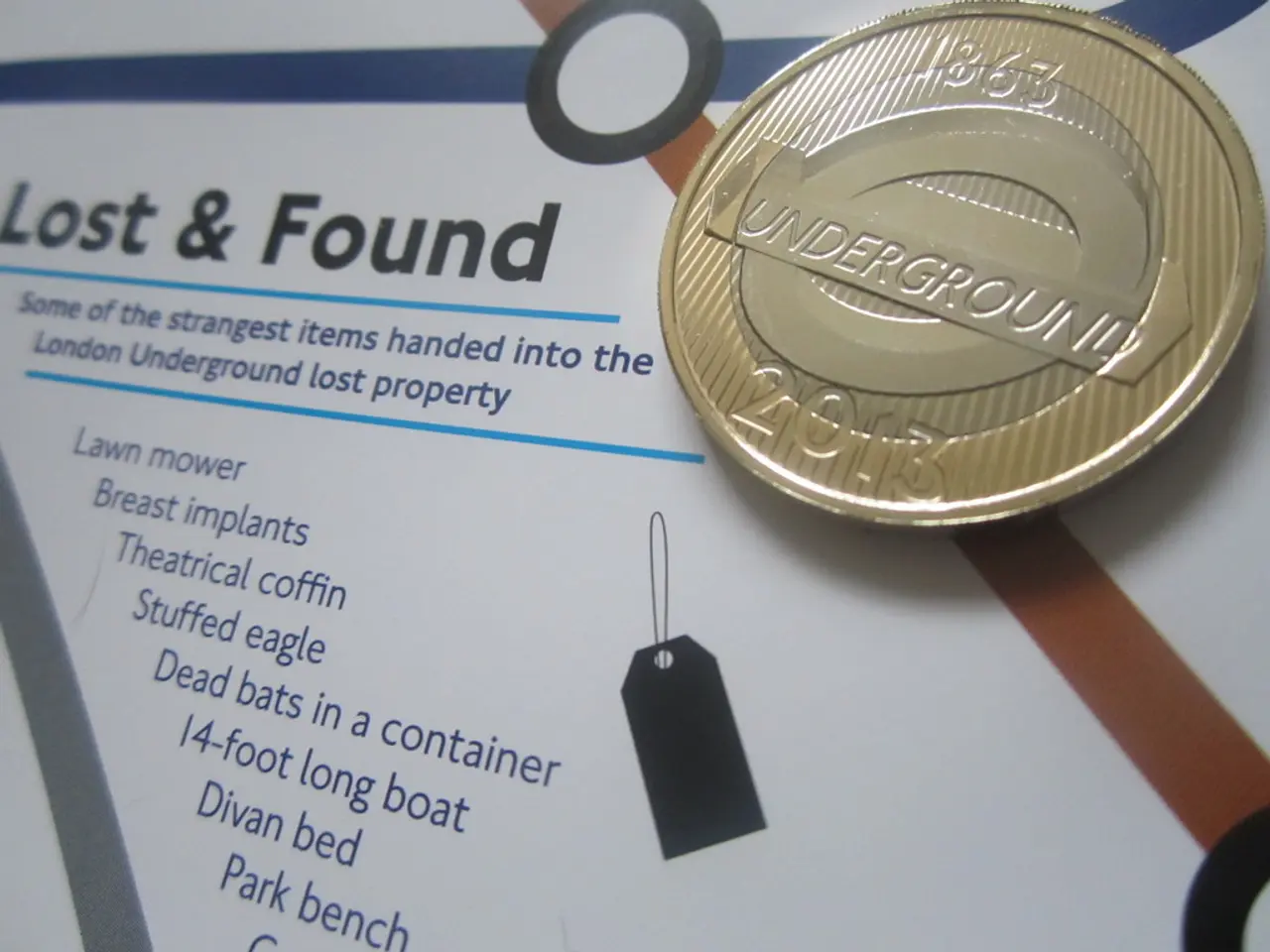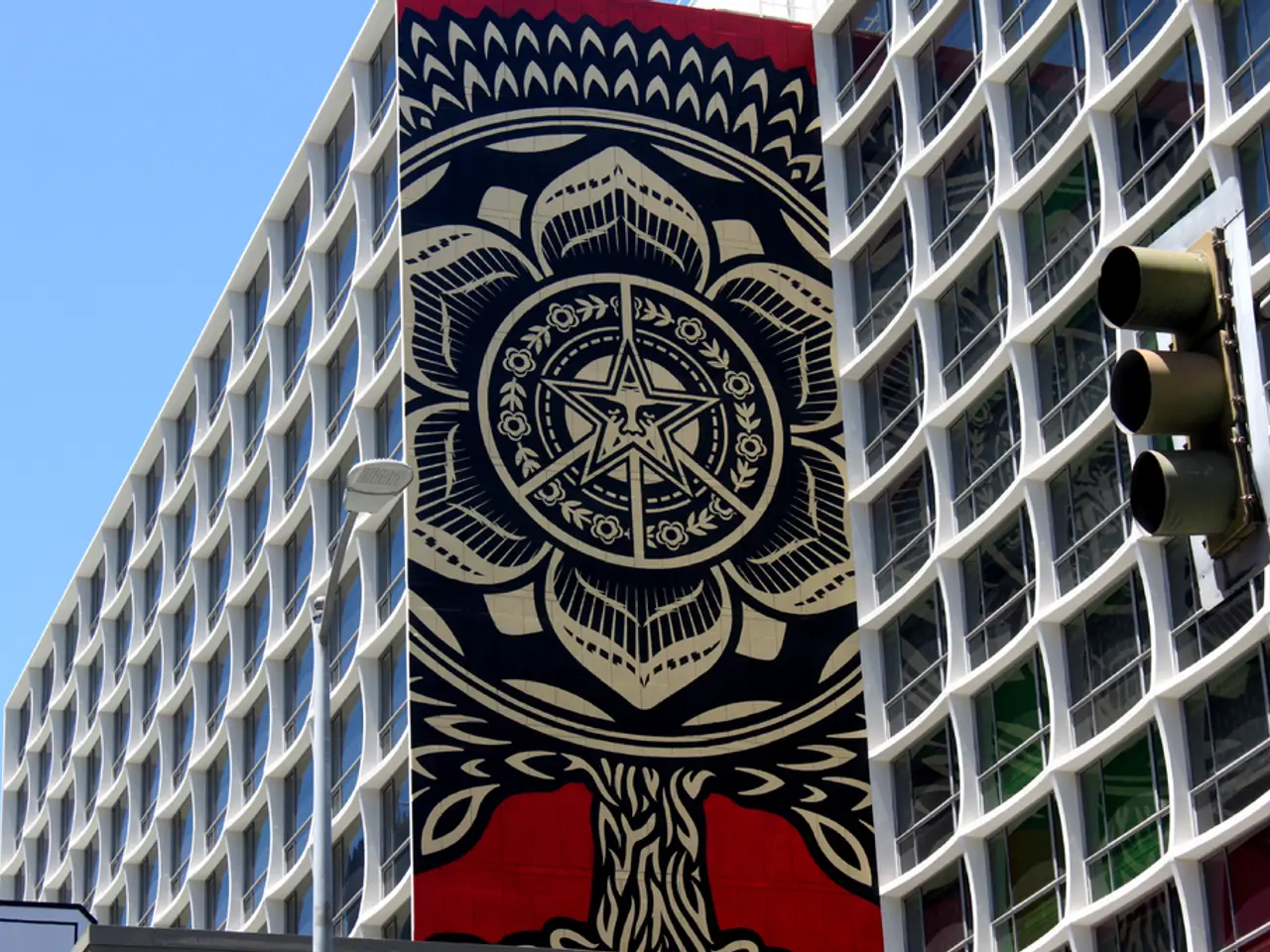Central Bank of UAE Maintains Interest Rate at 4.40%
The UAE's Central Bank Holds Steady on Interest Rates in Line with US Fed's Decision
In a recent announcement, the UAE Central Bank has chosen to keep its Overnight Deposit Facility (ODF) rate steady at 4.40%, mirroring the US Federal Reserve's decision to keep its Interest on Reserve Balances (IORB) unchanged. This decision, made public on Wednesday, shows the UAE's commitment to maintaining its monetary policy in harmony with the US - a result of the dirham's peg to the US dollar.
This base rate, tied to the US IORB, carries significant influence over market interest rates and serves as a signal of the central bank's stance on monetary policy. In addition, the interest rate for short-term borrowing was also left untouched, staying at 50 basis points above the base rate for all standing credit facilities.
By taking this action, the UAE Central Bank seeks to promote monetary stability and maintain consistency in domestic financial conditions, aligning with the global trends dictated by the US Federal Reserve.
The Emirates News Agency reported on this topic, highlighting the importance of this decision in sustaining economic growth, fiscal stability, and capital market development in the UAE. It's worth noting that the UAE's currency peg to the US dollar means it effectively adopts the US monetary policy to preserve exchange rate stability and avoid capital flight or excessive volatility [1][2][5].
When the US Federal Reserve decides on changes to its reserve rates, the Central Bank of the UAE makes corresponding adjustments to its base interest rate to maintain borrowing costs and liquidity conditions within its own market. This synchronization ensures that the UAE's overnight market interest rates remain consistent with global financial conditions affected by US rates.
Meanwhile, the UAE enjoys the benefits of a stable fiscal surplus and strong credit rating, despite facing global economic headwinds, thanks to the pegged exchange rate regime and synchronized interest rates [1][2][5].
[1] The pegged exchange rate regime and synchronized interest rates support the UAE's economic growth, fiscal stability, and capital market development.[2] Because the UAE's currency, the dirham, is pegged to the US dollar, it effectively adopts US monetary policy to preserve exchange rate stability and avoid excessive volatility.[5] The close alignment between the UAE's and US Federal Reserve's monetary policies provides the UAE with limited independent monetary policy flexibility but overall stability in the face of global economic challenges.
This action by the UAE Central Bank, keeping its interest rates steady in line with the US Fed's decision, not only demonstrates their commitment to monetary policy harmony but also serves as a step towards maintaining stability in personal-finance and business sectors within the UAE. The synchronization of the UAE's and US Federal Reserve's monetary policies also offers the UAE a measure of stability in finance, despite global economic headwinds, thereby contributing to the growth and development of the UAE's capital market.





